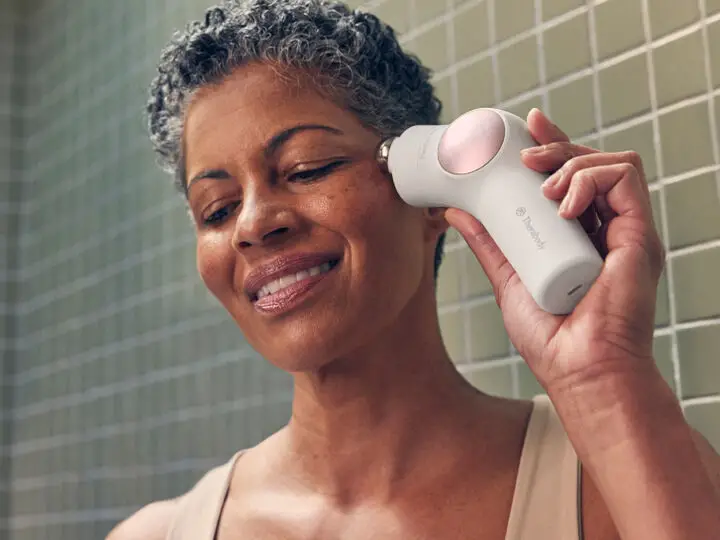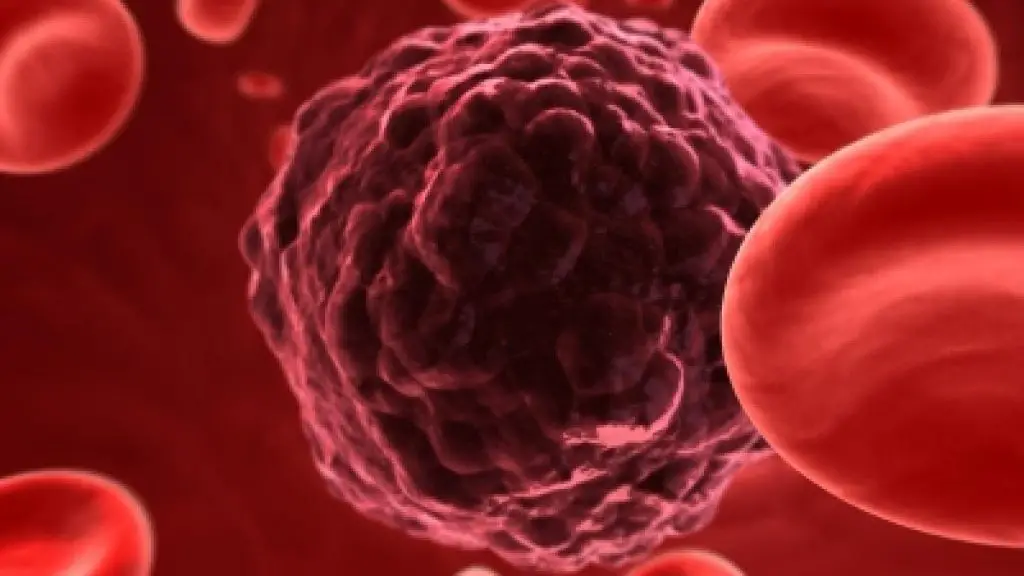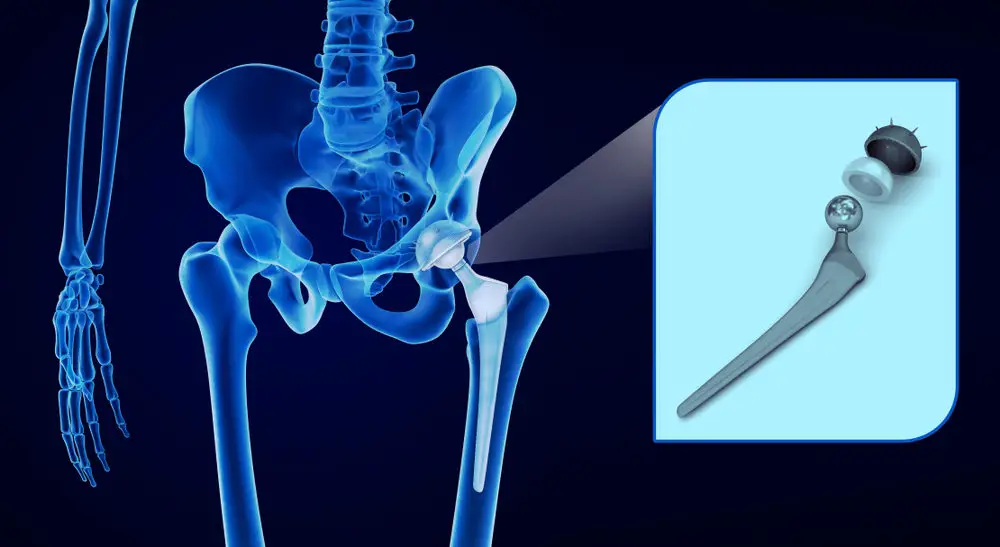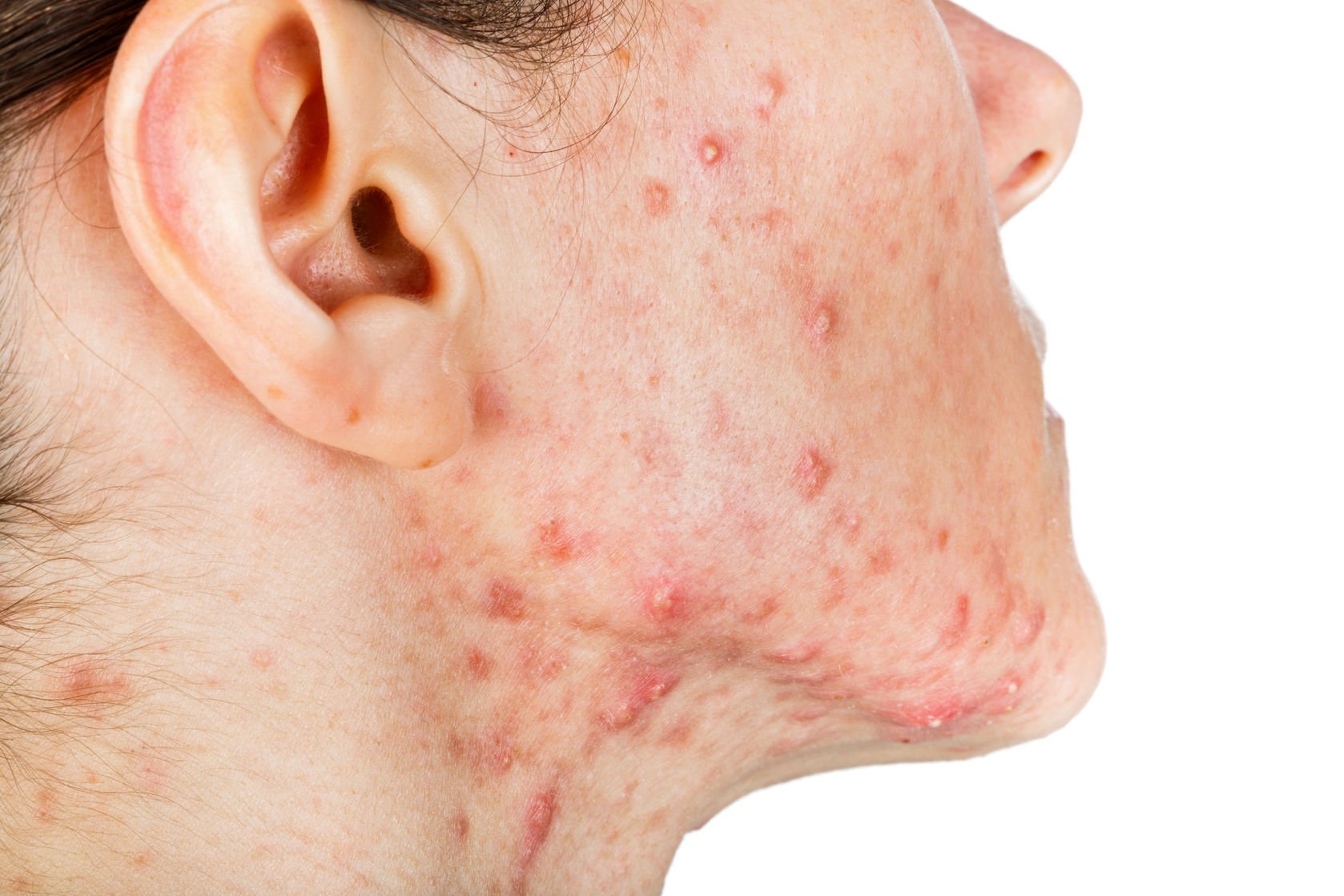Microcurrent Contraindications: Possible Dangers of Such Facial Electrical Treatments
- Last Updated: February 10, 2023
Are you worried about microcurrent contraindications? Because you should. It needs to be on top of your priority list when preparing to get a treatment done, either in a dermatologist clinic or with an at-home microcurrent facial device. It’s important to find out whether your body health and skin condition are safe for you to undergo such treatments.
Before that, we’d like for you to know that microcurrent treatments are completely safe. And, their success rates never cease to impress us. As a matter of fact, they are amongst the best anti-aging treatments for the skin.
Having said that, could there be limitations to microcurrent we need to be aware of?
Yes, there are microcurrent contraindications you need to be on the lookout for.

Microcurrent Contraindications—In Brief!
Microcurrent contraindications include but are not limited to: Electrical Implant Devices (pacemakers), Metal implants, epilepsy, seizures, active cancer, pregnancy, heart conditions, diabetes, recent surgery, open sores such as acne, thrombosis, botox or filler therapy, and bridgework.
What Indicates a Microcurrent Contradiction—In Details!
First of all, you need to know that should you have the conditions we listed above, you may suffer from adverse effects of a microcurrent therapy.
However, the reactions and effects are mild and close to non-existent. You only need to make sure that you don’t have any underlying physical or mental conditions that don’t respond well with microcurrent technology.
What we meant is that you must consult a physician before you proceed with a microcurrent therapy.
To shed light on what conditions you need to look out for, below is a thorough analysis of the contraindications of microcurrent.
1. Electrical Implant Devices or Pacemaker
If you’re part of the group of individuals with electrical implants or a pacemaker, you may want to seek an alternative to microcurrent therapy for a facelift. The reason being such devices function with electrical current. The process of introducing additional electrical current from the microcurrent devices can interfere with that from the pacemaker. The same applies to other electrical implants, for example, cochlear ear implant.

2. Epilepsy and History of Seizures
Research shows that identifiable causes of seizures are commonly associated with a disrupted flow of electricity in the brain.
This means that by sending microcurrent electric charges to your body could offset the balance. The results would therefore be an abnormal flow of electricity in the neurons and cells of the body.
It’s pretty much a risky affair, and you don’t want to risk it.

3. Active Cancer
Before we delve deep into the microcurrent contradiction for cancer, let’s address a commonly asked question.
Can Microcurrent Cause Cancer?
No, there’s no evidence proving the linkage between microcurrents and cancer. In fact, studies from PubMed reveal that microcurrent is a promising remedy for cancer. Though it calls for more research to confirm the case, there are nearly zero anecdotal and controlled claims that microcurrents have led to cancer in the past.
Now let’s talk about whether microcurrent is safe for individuals with cancer.
With such high-tech devices, it makes sense to worry. Nonetheless, microcurrent has been effective for decades, and it’s both safe and effective. Individuals are using them for many reasons, the most common being the prevention of sagging skin or reduction of wrinkles and fine lines.
That is however, not the case for individuals with certain types of cancer.
FIrst of all, cancer affects body cells. One of the significant benefits of microcurrent treatment is to stimulate the production of Adenosine Triphosphate or ATP within the cells—a process which introduces an offset of energies on the already weakening cells.
If you have been diagnosed with cancer, or are undergoing treatment, you may want to find a safer alternative to microcurrent therapy.

4. Pregnancy
When you’re pregnant, the best way to be safe for your fetus’ development and for you to sustain the pregnancy is to avoid using microcurrent facial devices. Both fetuses and pregnant women are in a vulnerable state, and by undergoing such a treatment, the radiofrequency radiation (RF) can interfere with the fetus’ development and ultimately damage the placenta barrier.

5. Heart Conditions
If you have any heart conditions, make sure you consult with your doctor before taking up any microcurrent treatment. It’s one of the FDA requirements to determine whether you’re fit to proceed. If you’re wondering if microcurrents can lead to heart palpitations, the answer is yes. This is because microcurrent uses fairly low-frequency electric charges, giving you all the more reason to avoid undergoing this treatment should you have any heart conditions or pacemaker.

6. Diabetes Mellitus
It’d be a wrong idea for individuals with diabetes to get a microcurrent facial. You may need to look for other ways to counter signs of aging. If you have insulin resistance, we suggest taking insulin-resistant supplements and once your health improves, you can consult a doctor whether you’re fit to use microcurrent devices.
Some studies suggest that when microcurrent therapy is performed on diabetes patients, it results in:
- Therapeutic effects;
- Pain relief;
- Quick recovery time to open wounds.
The research however, insists that ultra-low microcurrent frequency has to be used for this group of individuals to enjoy the benefits. It’s considered a non-invasive technology. However, this also depends on how most individuals react to it.

7. Recent Surgery
Undergoing, especially facial surgery, is highly invasive. You therefore don’t want to interfere with the healing process otherwise you may experience pain.
While healing, make sure you stay in touch with your doctor. The doctor has to confirm that you’re completely healed before clearing you for your desired microcurrent treatment or using an at-home microcurrent facial device.
And even after the clearance, you must reintroduce your body to microcurrents moderately to avoid injuring previously healed areas. So don’t go too overboard with too many sessions, slow and steady wins the race.

8. Open Sores Such as Acne
One of the potential dangers of facial electrical treatments is that they don’t align too well with open wounds.
If you have only a few pimples here and there, then you may get the treatment done. However, if you’re experiencing a rather severe, chronic acne, microcurrent therapy can actually bring more harm than benefits. You don’t want to irritate your skin any further.
9. Metal Implants
Microcurrent is highly unsuitable for individuals with metal implants; primarily refers to knee and hip replacements. It’s very likely for the high frequency to heat the metal parts in the body. And, this will result in unnecessary heating in the tissues surrounding the metal thus damaging them. If you have any sorts of metal implants, talk to your doctor before undergoing any treatments.

Can Microcurrents Deliver Long Terms Benefits?
Yes, microcurrent can deliver long term benefits if you’re consistent with your treatment. It also highly depends on whether you’re undergoing an in-office or at-home microcurrent treatment. The former can offer you long-term effects in just a few sessions whereas the latter demands a minimum of 2 months for you to see visible results. And if you’re worried about the harmful effects microcurrent therapy might bring, consult a skin care specialist or any healthcare provider to determine if you’re a good candidate for it.
Where Should You Not Use Microcurrent?
You should never use a microcurrent on your neck close to the thyroid region. Research suggests that doing so interferes with your hormones. Most users apply microcurrents on the parts of their neck except the thyroid region. It also advises against using it on open acne to prevent unwanted irritation. Many experts also insist that microcurrent is 100% safe around the eyes as long as it’s gently applied around them.
Bottom Line
It’s always smarter to be safe than sorry. Microcurrent facial treatment may be the best way to lift your facial muscles or reverse signs of aging. With some conditions however, it may cause more harm than good. Be extra mindful when you’re looking for ways to maintain your skin health otherwise you may end up facing more problems. With that in mind, we recommend that you discuss with a healthcare professional before proceeding with microcurrent therapy.
FAQs About Microcurrent Facial Treatment
1. How does microcurrent work?
Microcurrent is a fairly low level of electricity that mimics the body’s own natural electrical current. Because this low level of electricity is subsensory, treatments are comfortable and non-invasive. As a matter of fact, many users find the treatment to be exceptionally relaxing. Along with technology and proven application techniques, microcurrent technology offers users a gentle yet effective way to achieve healthy, youthful, and vibrant skin. Biochemically speaking, microcurrent helps to stimulate the production of Adenosine Triphosphate (ATP)—a powerhouse that provides energy for key functions such as aiding in collagen and elastic production.
2. What does a microcurrent treatment feel like?
Microcurrent is an extremely low level of electricity that mimics the body’s own natural electrical current. Since this low level of electricity is subsensory, treatments are comfortable and painless.

Celine So
Be mindful of your words as they are impactful, which also explains why I am so fond of writing.



